
What are PCB chips made of?
PCB composition: An Overview PCB chips are composed of several layers of materials, each serving a specific purpose in the overall functioning of the circuit[…]
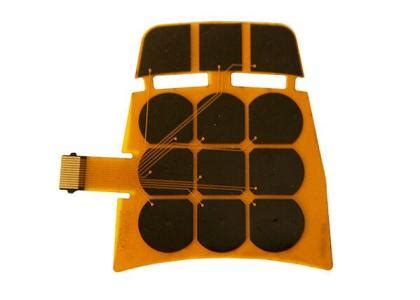
What type of plastic is PCB?
Introduction to Plastic PCB Plastic PCBs, also known as printed circuit boards made from plastic materials, have gained popularity in recent years due to their[…]
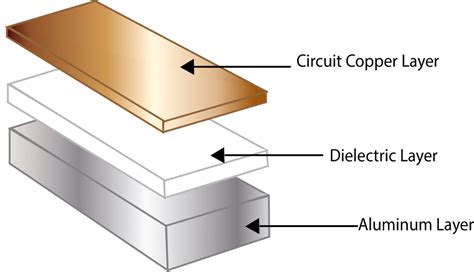
What heavy metals are in PCBs?
Heavy Metals in PCB Manufacturing Lead (Pb) Lead is one of the most commonly used heavy metals in PCB manufacturing, primarily due to its excellent[…]
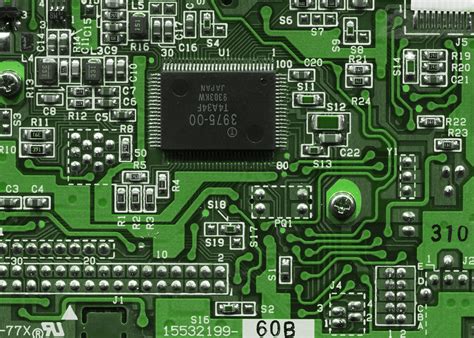
What type of material is PCB?
Introduction to Printed Circuit Boards (PCBs) Printed Circuit Boards, commonly known as PCBs, are the backbone of modern electronic devices. They are essential components that[…]
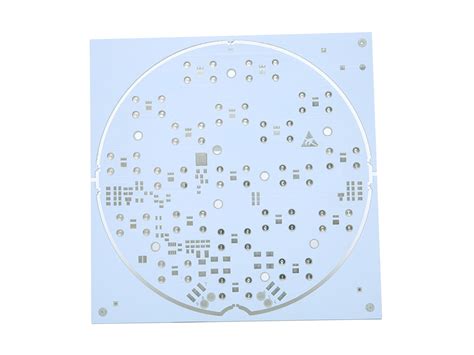
What metal is used in PCBs?
Types of PCB metals Several metals are commonly used in PCB manufacturing, each with its own advantages and disadvantages. The most popular PCB metals include:[…]
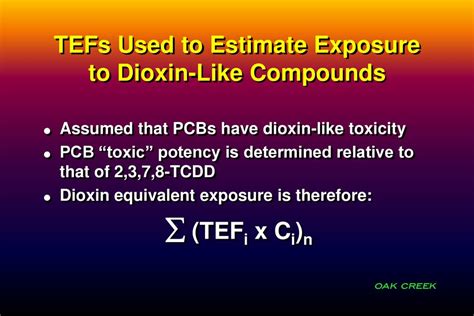
Are PCB boards toxic?
What are PCBs? PCBs are flat boards made of insulating materials, such as fiberglass or plastic, with conductive tracks, pads, and other features etched onto[…]
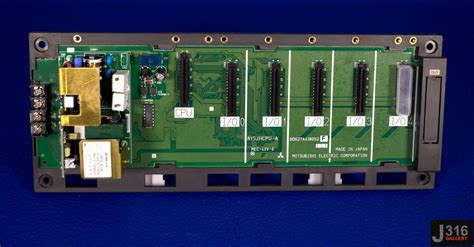
What is the base of a PCB made of?
Introduction to PCB base Materials Printed Circuit Boards (PCBs) are essential components in modern electronic devices, serving as the foundation for mounting and interconnecting electronic[…]
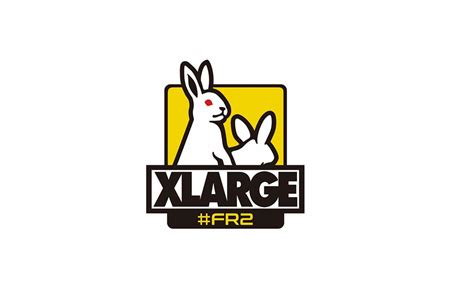
What is FR2 made of?
FR2 composition: Understanding the Key Components FR2 is primarily composed of cellulose paper impregnated with a flame-retardant resin. The cellulose paper is derived from wood[…]
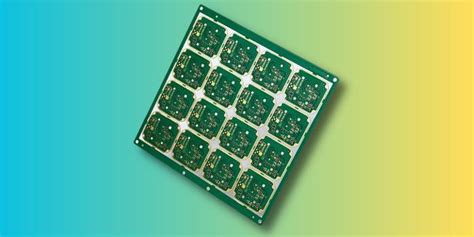
What is the difference between FR3 and FR4?
What is FR3? FR3, also known as Flame Retardant 3, is a type of PCB laminate material that is made from a composite of epoxy[…]
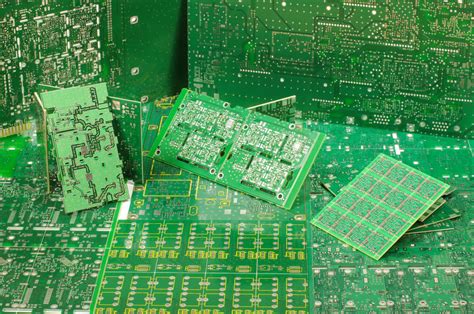
What is FR PCB?
Why are FR PCBs Important? FR PCBs play a crucial role in various industries, including: Consumer electronics Automotive Aerospace Medical devices Industrial equipment The use[…]